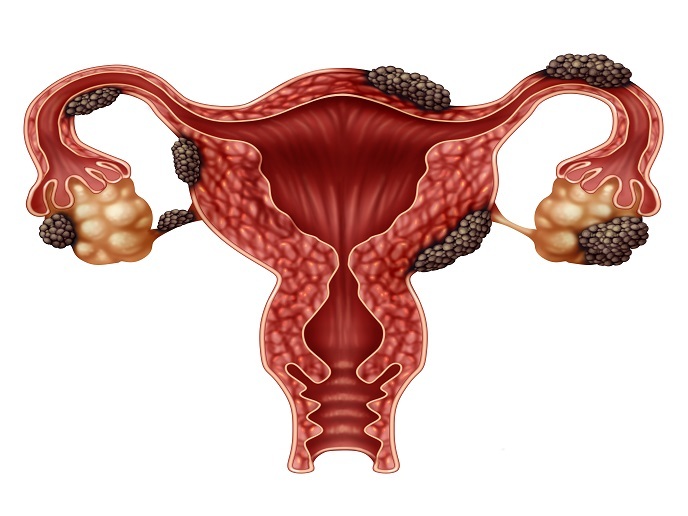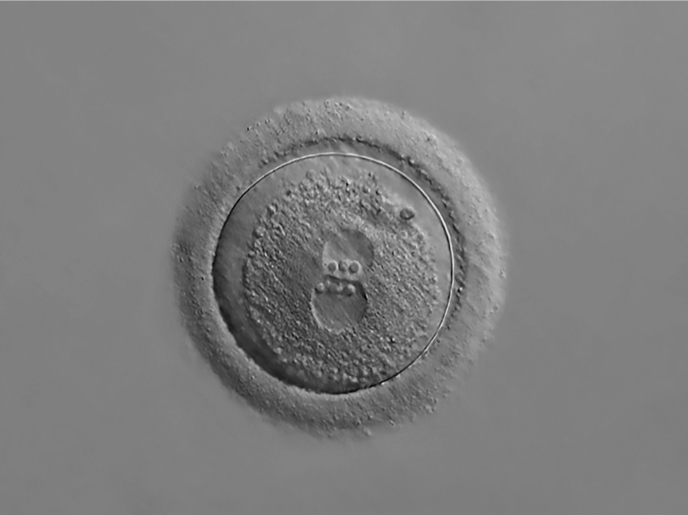Basal stem cell research can redirect cancer studies
Breast carcinomas, arising from the malignant transformation of cells, can be divided into two major sub-groups. These sub-groups differ according to their molecular features; one is the 'luminal phenotype' and the other is 'basal'. One hypothesis proposes that the presence of stem cell properties in breast carcinomas hardens resistance to chemotherapy and promotes tumour recurrence. Research must discover if this tumour type originates from malignant stem cells as basal tumours show poor prognosis. To this end, the Basal Breast Cancer project had two main objectives: to determine whether basal cell lines (normal and tumourigenic) show stem cell features; and to assess the extent to which basal cells can differentiate to myoepithelial cells. If basal carcinoma cells could be differentiated into myoepithelial cells, it would open up possibilities for novel new therapies of these aggressive cancers. The differentiation process involves isolation of cell sub-populations and testing of their ability to conduct complete myoepithelial differentiation. The study followed up on this with gene expression profiling. Once complete, project results will give the opportunity to study human breast cancer in two ways: in silico analysis of gene expression data from basal-like tumours; and immunohistochemical studies in normal and tumour breast samples. To date, results being reported reveal that basal cell lines show intrinsic phenotypic heterogeneity and contain sub-populations with undifferentiated stem cell-like features. This explains the mixed expression of luminal and myoepithelial markers seen in basal tumours. Also, data suggest that basal cancer cells with stem cell features may not be able to fully differentiate into myoepithelial cells, generating instead fibroblastic cells. Other progress reports offer evidence that a host of specific factors (Slug, Twist, and Zeb1) control the maintenance of a stem cell-like phenotype in normal and cancer basal cells.







